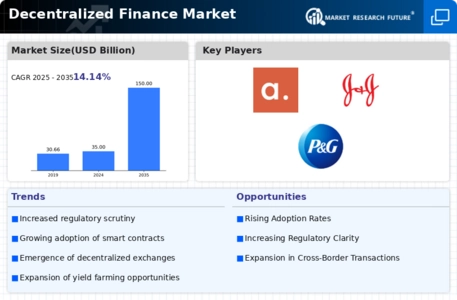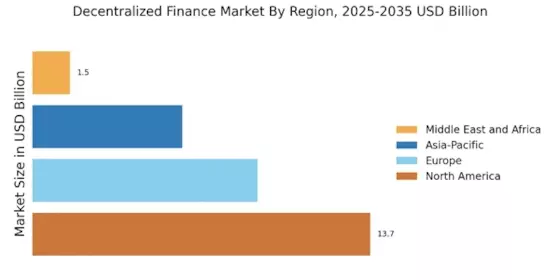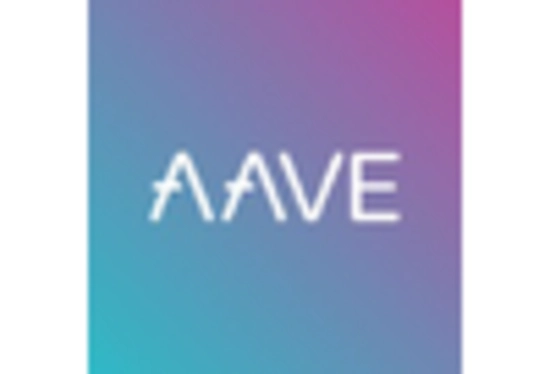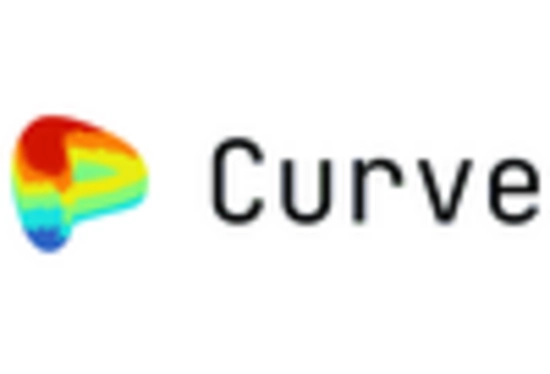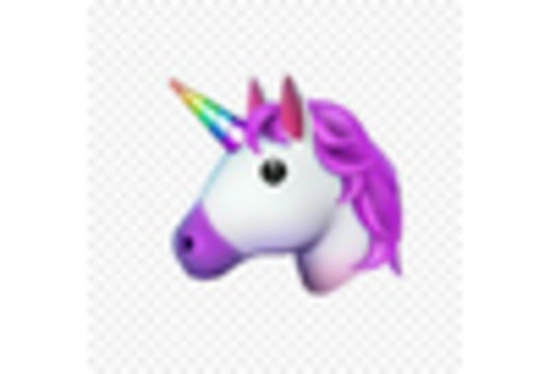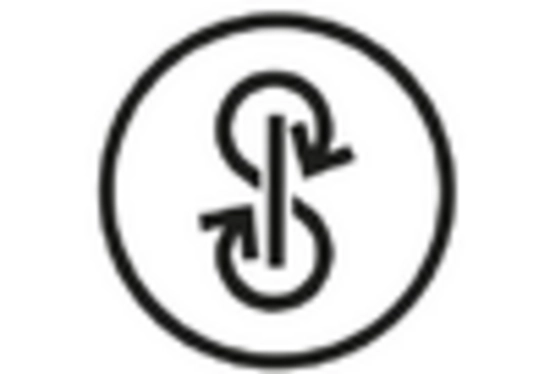Rise of Smart Contracts
The Decentralized Finance Market is experiencing a notable rise in the adoption of smart contracts, which automate and enforce agreements without intermediaries. This technology enhances efficiency and reduces costs, making financial transactions more accessible. As of October 2025, the market for smart contracts is projected to reach approximately 1.5 billion USD, indicating a robust growth trajectory. The ability to execute transactions automatically based on predefined conditions is appealing to both individual users and institutions. Consequently, the proliferation of smart contracts is likely to drive innovation within the Decentralized Finance Market, fostering new financial products and services that cater to diverse consumer needs.
Regulatory Developments and Compliance
The Decentralized Finance Market is increasingly influenced by evolving regulatory frameworks aimed at ensuring compliance and consumer protection. As governments and regulatory bodies establish guidelines, the market is likely to adapt, fostering a more secure environment for users. By October 2025, it is anticipated that regulatory clarity will enhance investor confidence, potentially leading to a market expansion of 20% annually. This regulatory landscape may also encourage traditional financial institutions to collaborate with decentralized platforms, further legitimizing the industry. Thus, the interplay between regulation and innovation is expected to shape the future of the Decentralized Finance Market.
Increased Demand for Financial Inclusion
The Decentralized Finance Market is witnessing a surge in demand for financial inclusion, particularly in underserved regions. As traditional banking systems often exclude large segments of the population, decentralized finance offers an alternative that is more accessible. By October 2025, it is estimated that over 1.7 billion adults remain unbanked, highlighting a significant opportunity for decentralized solutions. The ability to provide financial services through blockchain technology can empower individuals and small businesses, thereby stimulating economic growth. This trend suggests that the Decentralized Finance Market could play a pivotal role in bridging the financial gap and promoting equitable access to financial resources.
Technological Advancements in Blockchain
The Decentralized Finance Market is significantly impacted by ongoing technological advancements in blockchain technology. Innovations such as layer-2 solutions and cross-chain interoperability are enhancing transaction speeds and reducing costs. As of October 2025, the market for blockchain technology is projected to exceed 67 billion USD, reflecting its critical role in the evolution of decentralized finance. These advancements not only improve user experience but also attract institutional investors seeking efficient and scalable solutions. Consequently, the integration of cutting-edge technology is likely to propel the Decentralized Finance Market into new realms of possibility, fostering a competitive landscape.
Growing Interest in Yield Farming and Staking
The Decentralized Finance Market is experiencing a growing interest in yield farming and staking, which offer users opportunities to earn passive income on their digital assets. As of October 2025, the total value locked in DeFi protocols is estimated to surpass 200 billion USD, indicating a robust appetite for these investment strategies. Yield farming allows users to maximize returns by providing liquidity to various platforms, while staking involves locking assets to support network operations. This trend suggests that the Decentralized Finance Market is not only attracting retail investors but also institutional players looking to diversify their portfolios. The potential for high returns is likely to sustain interest and drive further innovation in the sector.


